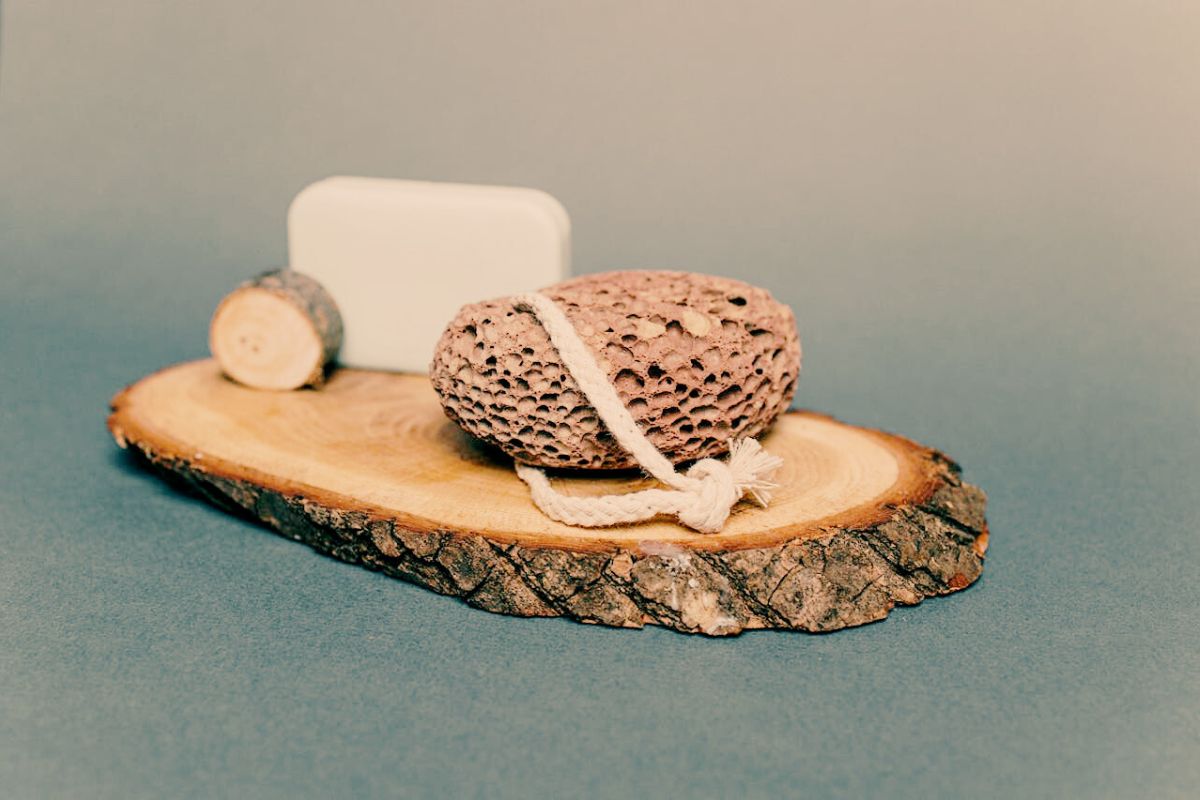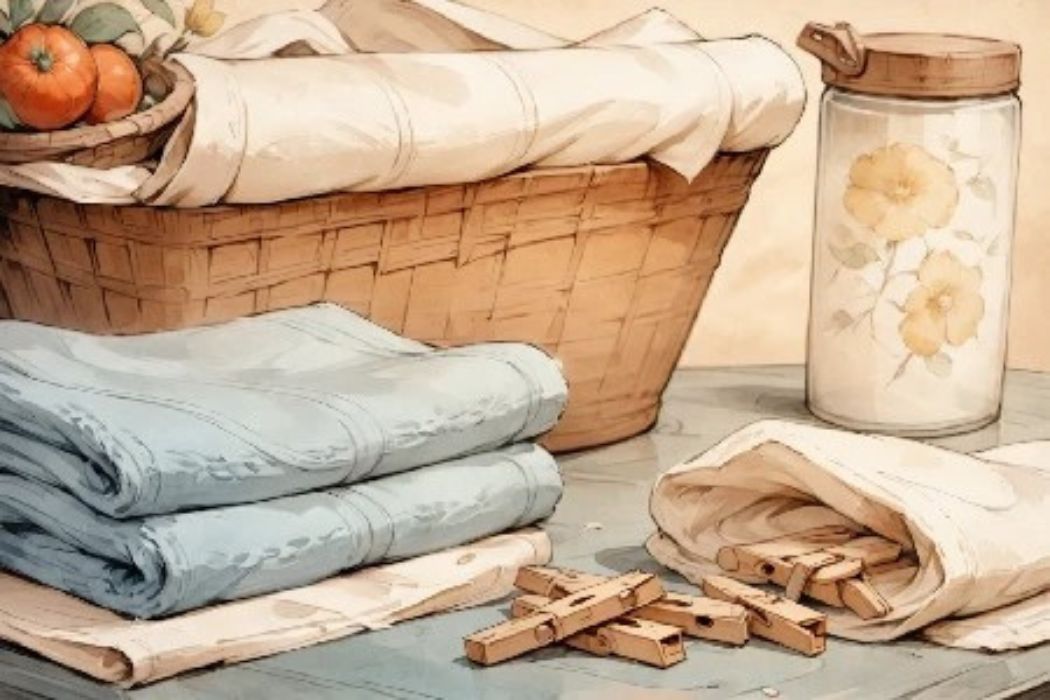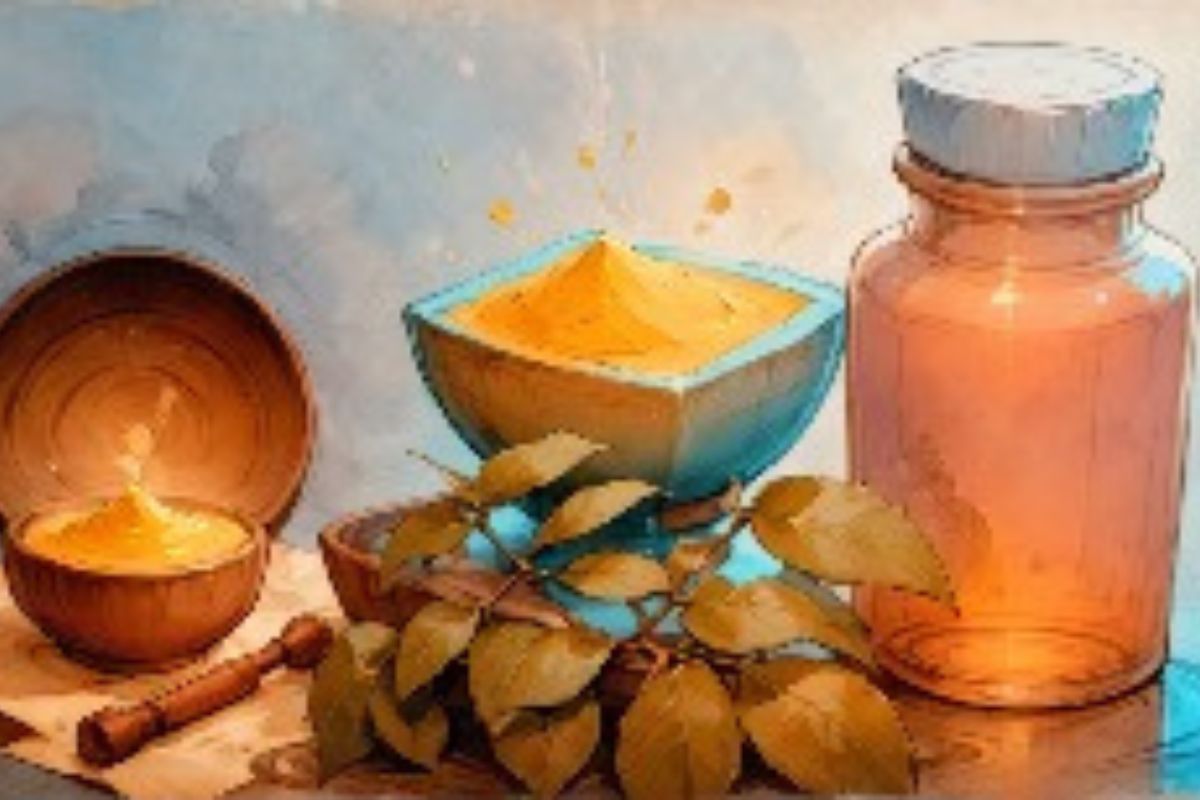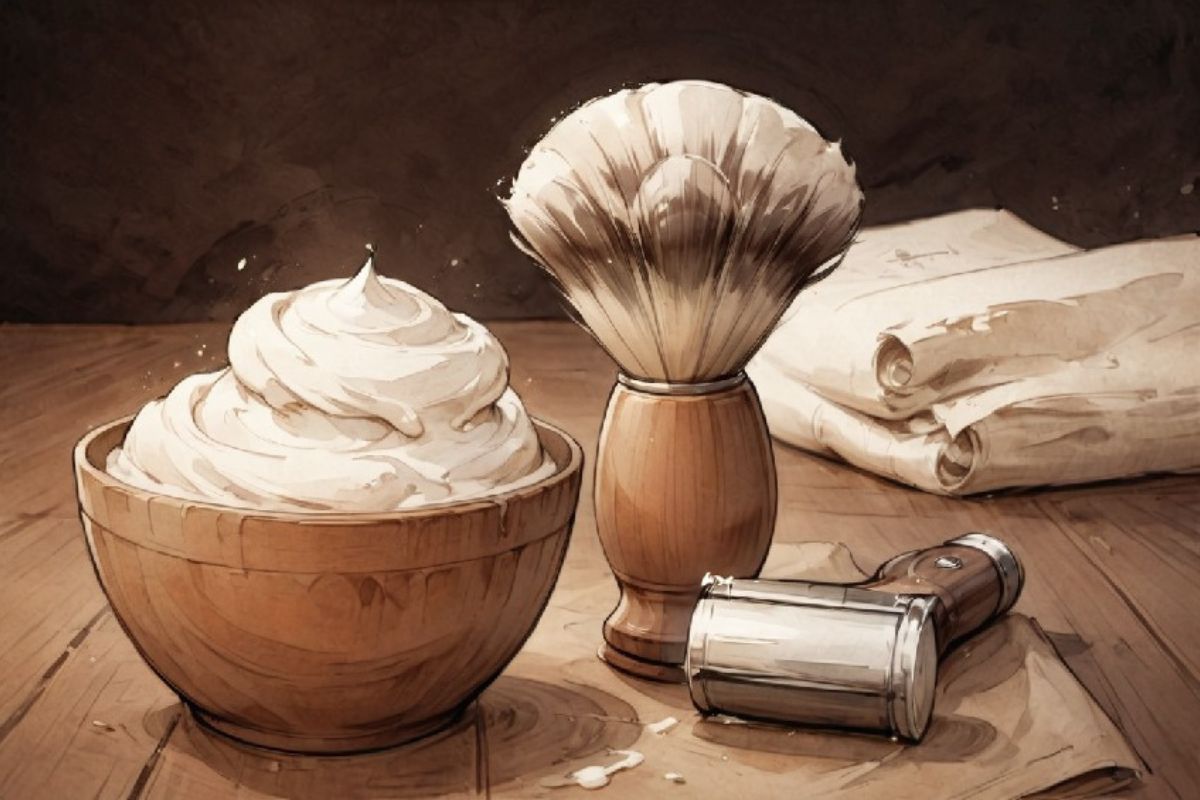Naturally textured, volcanic stone gives a satisfying scrub without being overly harsh. It also looks chic hanging in your bathroom, thanks to its earthy-rustic vibe and spa connotations.
How to Get Softer Feet: 5 Effective Tips For Smoother Skin

Why Foot Care Matters
Foot care is part of our overall health. Our feet take a beating every day, and that can lead to dry skin, cracked heels, and other foot issues. Preventing dead skin buildup is essential to maintaining foot health. Neglecting foot care can lead to discomfort, pain, and even infections.
By understanding why foot care matters, we can take proactive steps to prevent these and have healthy, soft feet. Foot care not only makes your feet look good but also makes them comfortable and problem-free.
Understanding Hard Skin on Feet
Hard skin on feet, calluses or corns is a common issue affecting many people. It is characterised by thickened, toughened areas of skin that develop on the soles of the feet due to repeated friction, pressure, or irritation.
Hard skin can be caused by various factors, including walking, running, or wearing shoes that don’t fit properly. Although hardened skin can be uncomfortable and unsightly, it can be managed and softened with proper care.
What Causes Hard, Dry Skin on Your Feet?
Hard skin on the feet is typically caused by pressure, friction, and dryness. Walking, wearing tight shoes, or neglecting foot care can contribute to developing hard skin, especially on pressure points. When feet are subjected to constant pressure and friction, the skin responds by thickening and hardening to protect itself.
Dry skin can also exacerbate the problem by reducing flexibility, making it more prone to hardening and cracking. Understanding these causes can help you proactively prevent and treat hard skin on your feet.
Getting Your Feet Ready for Softening
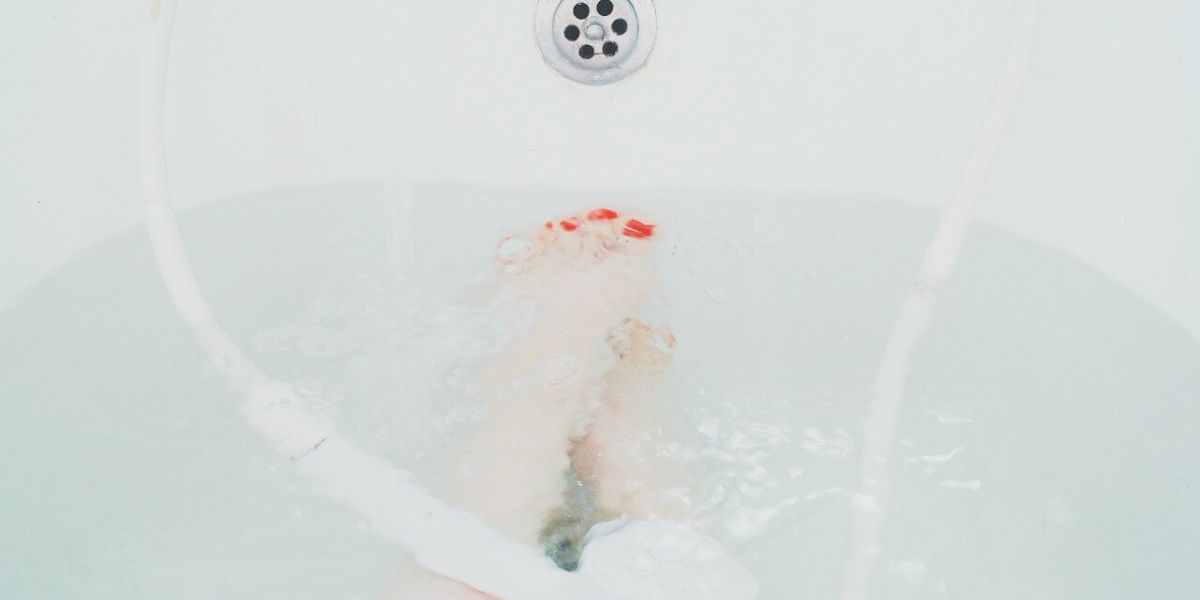
Soaking and Removing Dead Skin Cells
-
Soak your feet in warm water for 10-15 minutes to soften dead skin cells before exfoliation.
-
Soaking helps to soften calluses so they can be removed during exfoliation.
-
Add foot soak or bath salts to the water for extra moisturising.
-
Use a foot bath or foot soak with Epsom salt to clean and soften the skin, which can also help with cracked feet.
-
Soak your feet in warm water with a few drops of your favourite essential oil for a relaxing treat.
-
Regular soaking can help prevent dead skin buildup by keeping the skin hydrated and soft, making it easier to remove during exfoliation.
Exfoliating and Removing Dead Skin
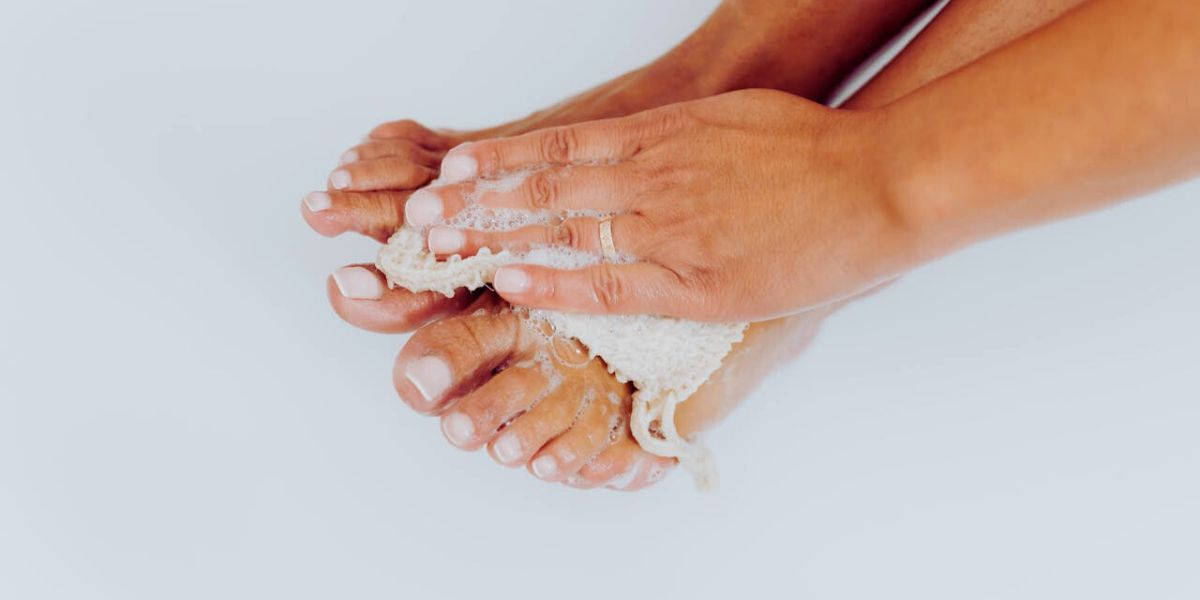
Physical Exfoliants for Smooth Skin
-
Use a pumice stone or foot file to remove dead skin cells and smooth rough areas.
-
Exfoliate your feet weekly to target dry, rough skin and have smooth, soft feet.
-
Use a foot scrub or scrubs with granules to scrub away dead skin and get softer feet.
-
Apply a foot peel or foot mask to exfoliate and nourish your skin.
-
Regular exfoliation with a pumice stone or foot file can help prevent dead skin buildup and keep your feet smooth and soft.
Remove Dead Skin with a Pumice Stone
Removing dead skin with a pumice stone is a simple and effective way to achieve baby soft feet. A pumice stone, made from natural lava, is perfect for sloughing off dead skin cells and smoothing out rough patches on your feet. Here’s how to use it:
Start by soaking your feet in warm water for 10-15 minutes. This step is crucial as it softens the dead skin, making it easier to remove. You can add a few drops of your favorite essential oil or some bath salts to the water for an extra relaxing experience.
Once your feet are nicely soaked, gently rub the pumice stone over the areas with dead skin in a circular motion. Focus on the heels and any other areas with cracked skin. Remember to use gentle pressure; too much force can cause irritation or even bleeding. The goal is to remove dead skin cells without damaging the healthy skin underneath.
After you’ve finished exfoliating, rinse your feet and pat them dry. Now, it’s time to lock in moisture. Apply a generous amount of hydrating foot cream or shea butter to your feet. This step is essential to keep your skin soft and prevent it from drying out.
Using a pumice stone regularly can help prevent hard skin from forming and reduce the appearance of cracked heels. It’s also a great way to prepare your feet for a pedicure or to remove old nail polish. By incorporating a pumice stone into your foot care routine, you can achieve soft, smooth feet that are perfect for sandals or going barefoot.
Moisturising and Hydrating Dry Skin
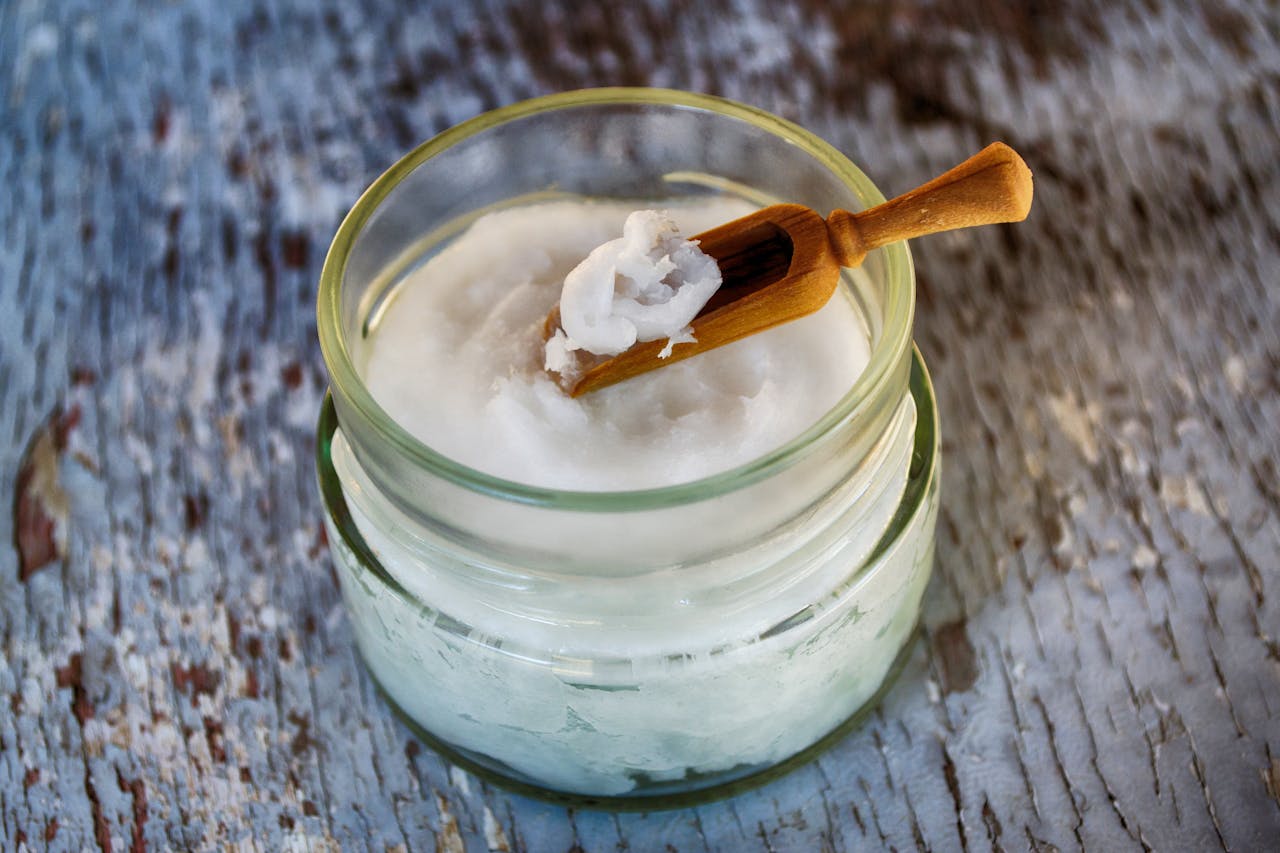
Chemical Exfoliants for Dead Skin Removal
Chemical exfoliants are a great way to remove dead skin cells and prevent hard skin from forming on your feet.
Unlike physical exfoliants, which use abrasive materials to scrub away dead skin, chemical exfoliants use active ingredients to dissolve the bonds between skin cells, allowing them to gently slough off. This process can be beneficial for removing dead skin cells and preventing hard skin from forming on your feet.
Some popular chemical exfoliants for dead skin removal include:
-
Salicylic acid: A BHA that helps break down dead skin cells and reduce inflammation.
-
Glycolic acid is an AHA that helps exfoliate the skin and promotes cell turnover.
-
Lactic acid: An AHA that helps hydrate the skin and remove dead skin cells.
When using chemical exfoliants, it is essential to follow the instructions carefully and start with a low concentration to avoid irritation. You can also use a foot scrub or pumice stone to physically remove dead skin cells and smooth out rough patches.
Understanding the causes of hard skin on your feet and using chemical exfoliants to remove dead skin cells can help prevent hard skin from forming and keep your feet soft and healthy.
Hydrating Products for Soft Feet
-
Apply a rich moisturiser or foot cream to lock in moisture and hydrate dry skin.
-
Look for shea butter, coconut oil or vitamin E products to nourish and soften your skin.
-
Use a hydrating foot mask or cream to heal cracked heels, cracked feet, and dry skin.
-
Apply a thick layer of moisturiser on your feet and wear socks overnight to lock in moisture.
-
A rich moisturiser or foot cream daily can help prevent dead skin buildup by keeping your feet hydrated and soft.
Locking in Moisture for Softness to Last
Locking in moisture is the final step to achieve and maintain soft feet. After exfoliating and removing dead skin cells, apply a rich moisturiser or foot cream to hydrate the skin.
Look for products with shea butter, coconut oil or hyaluronic acid, which are known to be moisturising.
To lock in moisture, apply a generous amount of moisturiser or foot cream to your feet, especially on the heels, toes, and areas with cracked skin. Massage until fully absorbed, then cover your feet with socks to retain the moisture.
Try using a foot mask or peel once or twice a week for extra hydration. These products can deeply nourish and moisturise the skin, leaving your feet soft and smooth.
Foot Care Tools and Products
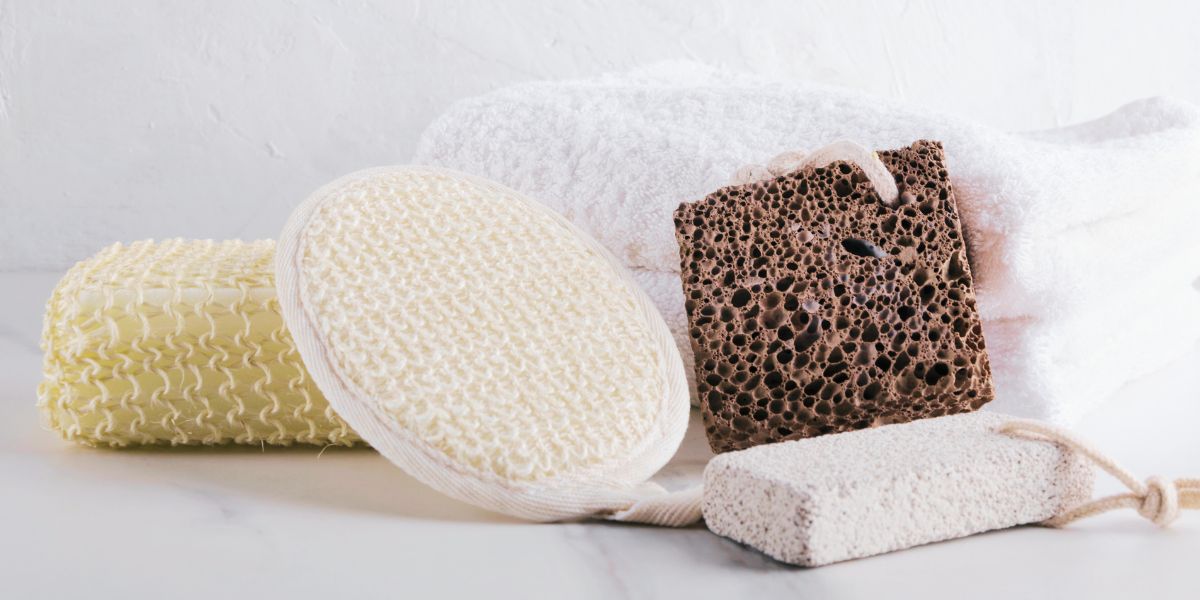
Getting baby-soft feet is easier with the right tools and products. Pumice stones are great for removing dead skin cells and smoothing out rough areas. A foot bath can help soften the skin before using these tools.
Foot files do the same job, gentle exfoliation to reveal softer feet. Foot scrubs with granules scrub away dead skin and moisturise simultaneously.
Besides these tools, foot care products can complement your routine. Foot creams moisturise and soften the skin, while foot masks provide intense hydration and nourishment.
Foot peels are great for removing dead skin cells and leaving your feet smooth and revitalised. Adding these tools and products to your foot care routine can make a big difference in achieving and maintaining soft feet.
Soft and Healthy Feet
Regular Maintenance and Prevention
-
Wash your feet daily with warm water and soap to maintain good foot hygiene and prevent dry skin.
-
Dry your feet thoroughly, especially between the toes, to prevent bacterial growth.
-
Trim your toenails regularly to avoid overgrowth and ingrown nails.
-
Wear socks made of breathable material to keep your feet dry and comfortable.
-
Regularly moisturising and exfoliating your feet can help prevent dead skin buildup and maintain soft, healthy feet.
Professional Help for Persistent Problems

If you have persistent foot problems like cracked heels, dry skin or ingrown toenails, it’s time to seek professional help. A podiatrist or dermatologist can give you personalised advice and treatment to get soft feet.
Some of the treatments for foot problems are:
-
Medical pedicures to remove dead skin cells and smooth out rough areas
-
Prescription creams or ointments for dry skin or fungal infections
-
Orthotics or shoe inserts to relieve pressure and discomfort
-
Surgical procedures to remove ingrown toenails or growths
Don’t hesitate to seek professional help if you have persistent foot problems. With the right treatment and care, you can have soft feet that look and feel good.
Mistakes to Avoid
When it comes to foot care, avoiding mistakes is key to having healthy, soft feet and preventing foot infections.
One common mistake is using harsh exfoliants or scrubs, which strip the skin of its natural oils and leave dry, cracked skin prone to infections. Instead, use gentle exfoliants that remove dead skin without damaging the skin.
Another mistake is not moisturising after exfoliating or bathing. Skipping this step will leave your skin dry, rough, uncomfortable, and prone to cracking. Always follow up with a rich moisturiser to lock in hydration.
Last, using old nail polish or not removing it correctly can cause dry, brittle nails that break or split. Remove old nail polish thoroughly and give your nails a break between applications to keep them healthy and strong.
More Tips for Healthy Feet
Trimming Toenails and Nourishing Nails
-
For proper nail care, trim your toenails straight and don’t cut them too short to prevent ingrown nails.
-
Apply a thin layer of petroleum jelly to your toenails every night to keep them soft and smooth.
-
Remove old nail polish and apply a new one to keep your nails looking healthy and glossy.
-
Use a nail brush or orange stick to clean underneath your nails to prevent dirt buildup.
Baby Soft Feet

Baby soft feet require consistent effort and a combination of exfoliation, moisturising and protection. Here are some tips to get you started:
-
Exfoliate your feet regularly using a pumice stone or foot scrub to remove dead skin cells and smooth out rough areas.
-
Moisturise your feet daily with a rich moisturiser or foot cream, especially on the heels, toes and areas with cracked skin.
-
Wear socks and shoes that fit and are made of breathable materials to protect your feet from dryness and irritation.
-
Use a foot mask or peel once or twice weekly to deeply nourish and moisturise the skin.
-
Be patient and consistent – baby soft feet take time and effort, but it’s worth it!
Follow these tips and make it a habit, and you will have soft, smooth feet that look and feel good. Don’t hesitate to seek professional help if you have persistent foot problems.
Baby soft feet require consistent effort and a combination of exfoliation, moisturising and protection. Here are some tips to get you started:
-
Exfoliate your feet regularly using a pumice stone or foot scrub to remove dead skin cells and smooth out rough areas.
-
Moisturise your feet daily with a rich moisturiser or foot cream, especially on the heels, toes and areas with cracked skin.
-
Wear socks and shoes that fit and are made of breathable materials to protect your feet from dryness and irritation.
-
Use a foot mask or peel once or twice weekly to deeply nourish and moisturise the skin.
-
Be patient and consistent – baby soft feet take time and effort, but it’s worth it!
Follow these tips and make it a habit, and you will have soft, smooth feet that look and feel good. Don’t hesitate to seek professional help if you have persistent foot problems.
Bottomline
Soft, smooth feet require a combination of proper foot care techniques, tools, and products. By knowing the importance of foot care, using the right tools and products, and avoiding mistakes, we can have healthy, soft feet that feel good and look good.
Get rid of dry skin, cracked heels or old nail polish and have soft, smooth feet. Follow these tips, and you will. 😉️️

